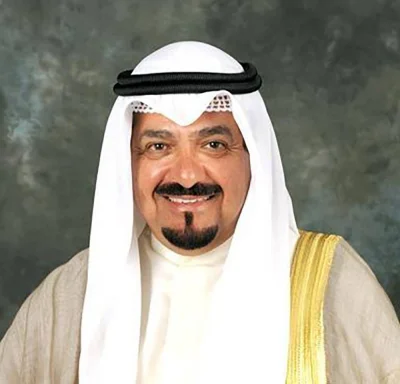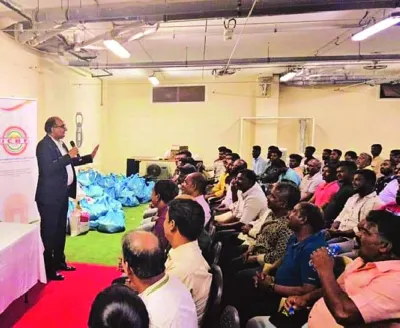Reuters
India’s Finance Minister Arun Jaitley favours a cut in interest rates to trigger demand in the construction sector, a newspaper report said yesterday, but the central bank has signal it will not ease policy until it is confident of lower inflation.
In May, Prime Minister Modi was elected on promises that his government would create jobs and rejuvenate the Indian economy, but experts were disappointed by Jaitley’s first budget and a lack of early progress on fixing structural economic problems.
“Currently, interest rates are a disincentive. Now that inflation seems to be stabilising somewhat, the time seems to have come to moderate the interest rates,” Jaitley said in an interview with the Times of India.
Last month, the Reserve Bank of India, sent a strong signal that it would refrain from cutting interest rates until the central bank was confident that consumer inflation can be cut to a target of 6% by January 2016.
India’s retail inflation eased for a second straight month in September, but the risks of price shocks from weak monsoon rains and oil are expected to prevent the central bank from cutting interest rates soon.
Consumer prices rose a slower-than-expected 6.46% from a year earlier, the lowest since figures were first published in January 2012.
The country’s economy will likely grow at its fastest pace in two years in the current fiscal year as Prime Minister Narendra Modi implements reforms to attract investment, a Reuters poll of economists showed on Friday.
The after-glow from Modi’s election victory earlier in the year helped India’s economy clock a robust 5.7% growth rate for the quarter ending in June. The economy has just lumbered through the longest spell of below 5% growth in a quarter of a century, but forecasts are now predicting that the slump has passed.
Hopes of reforms for economic revival from Modi have attracted foreign capital inflows – before the election in May until now – triggering a massive rally in the stock market, making it one of the best performers in Asia so far this year.
That optimism looks set to continue.
“The outlook is improving and that mostly reflects the fact that the new government has pledged to prioritise economic reforms. First we saw an improvement in sentiment and now it is translating to actual pick-up in activity,” said Tuuli McCully, senior economist at Scotiabank.
“Obviously, we really need to see more (reforms). But as of now, I am encouraged by how things are moving.”
Over the past month, Modi’s government has stepped up economic reforms, opening up the coal industry to private investors and freeing diesel prices to market forces from government subsidies.
The latest Reuters poll of 20 economists taken over the past week show Asia’s third-largest economy will likely grow 5.5% this fiscal year and 6.4% the next, slightly better than 5.3% and 6.3% expected in the July poll.
“India is transitioning away from stagflation conditions, and the much-needed combination of higher real rates, a more friendly investment environment and structural reforms appear to be slowly coming together,” wrote Manoj Pradhan, an economist at Morgan Stanley.
However, without big-bang reforms to propel the economy back to a near double-digit growth, economists say, a broader and sustained economic revival will likely remain elusive.
Also, the global economy is showing signs of weakening and is expected to weigh on overseas demand for Indian merchandise.



